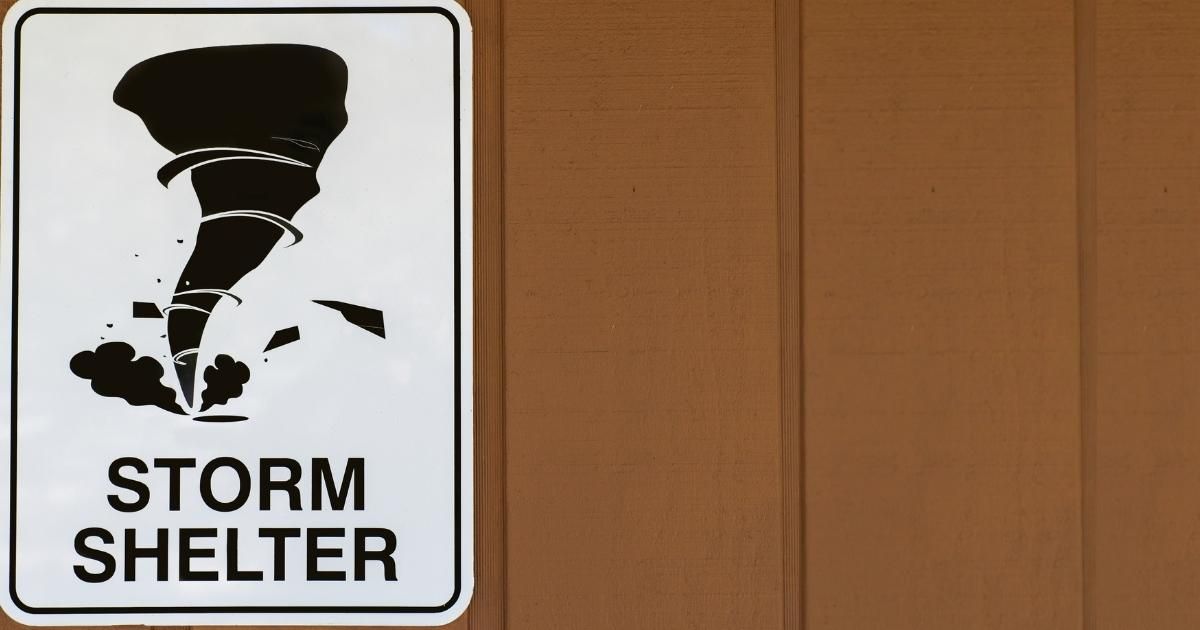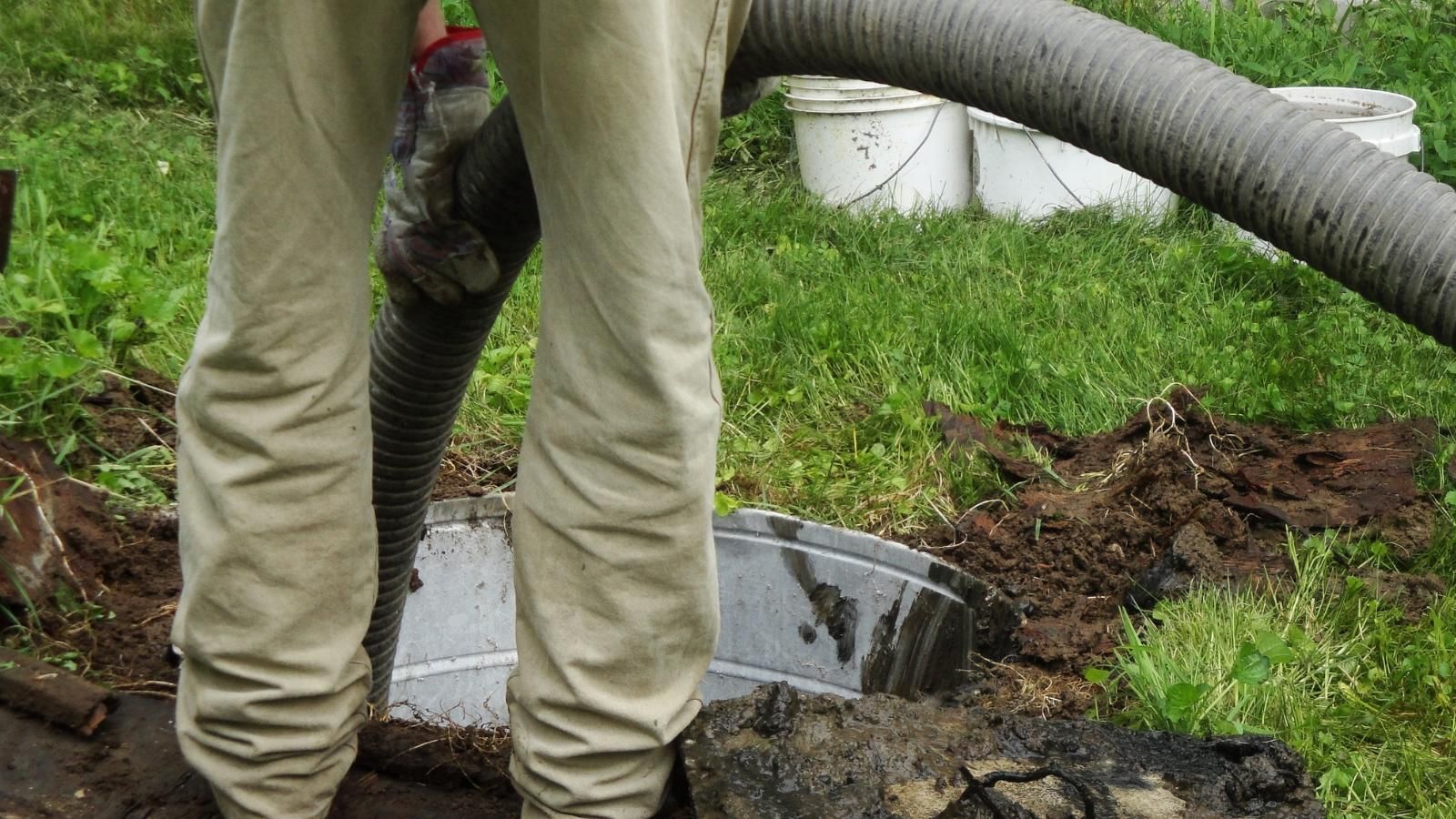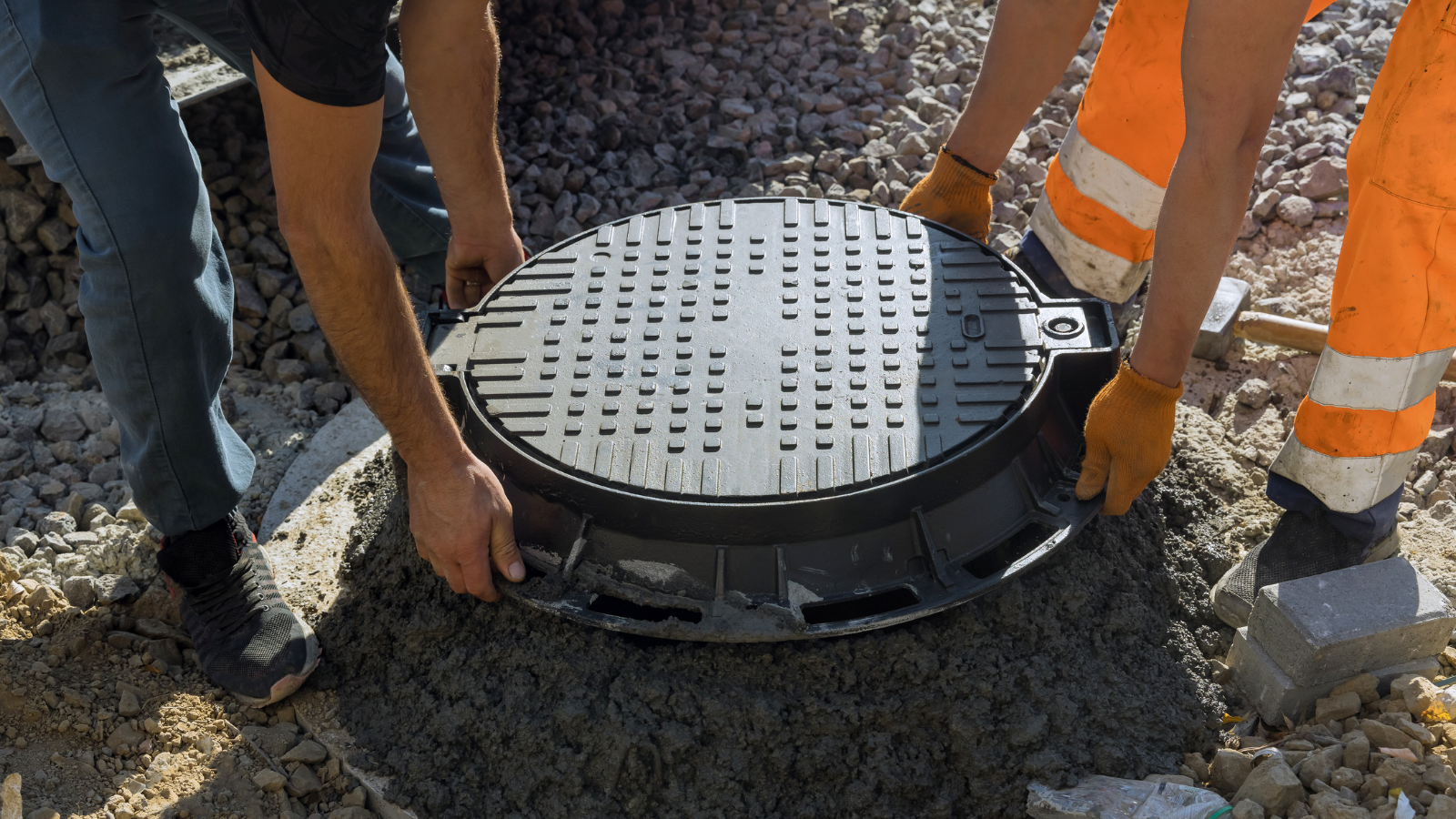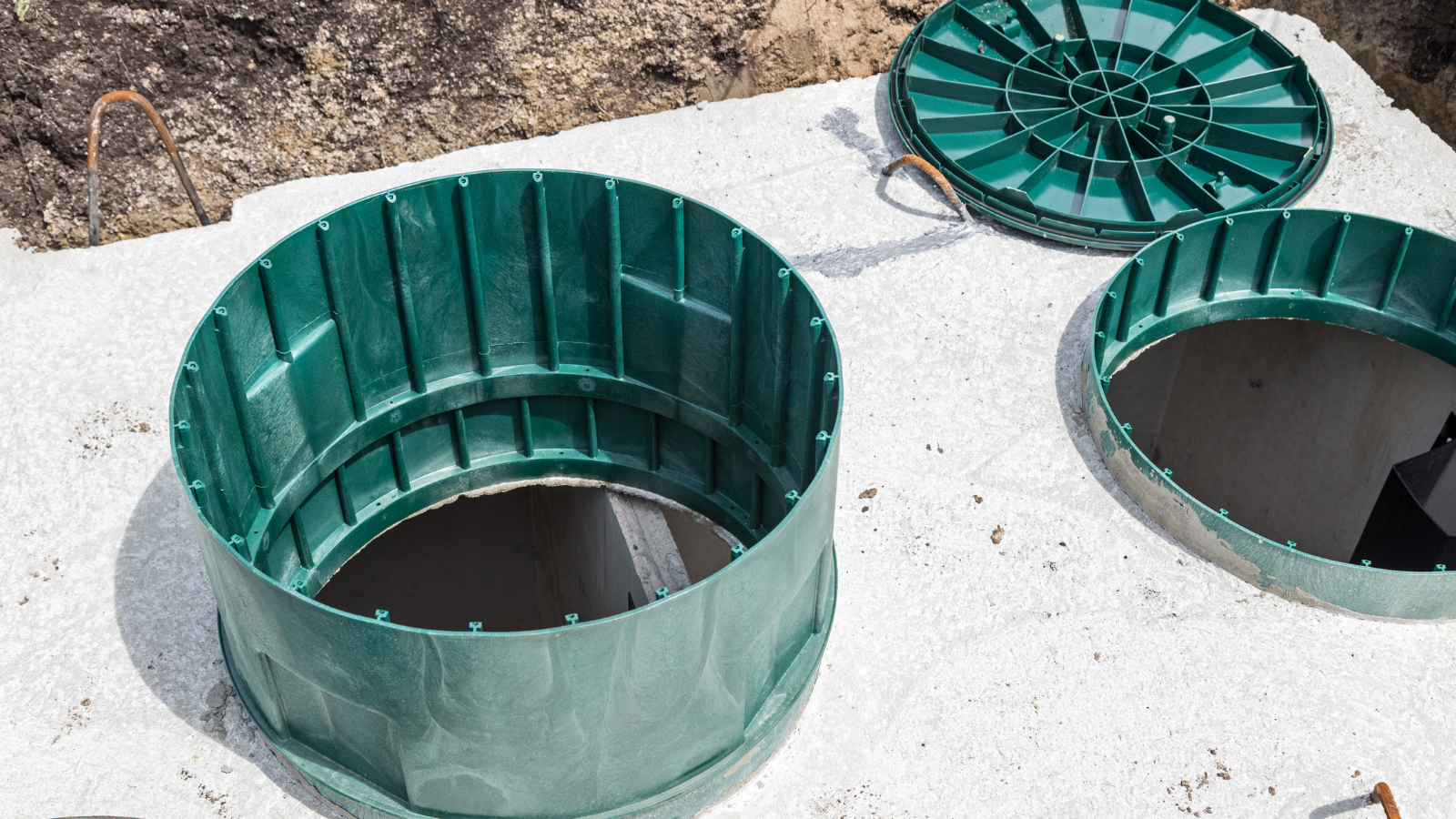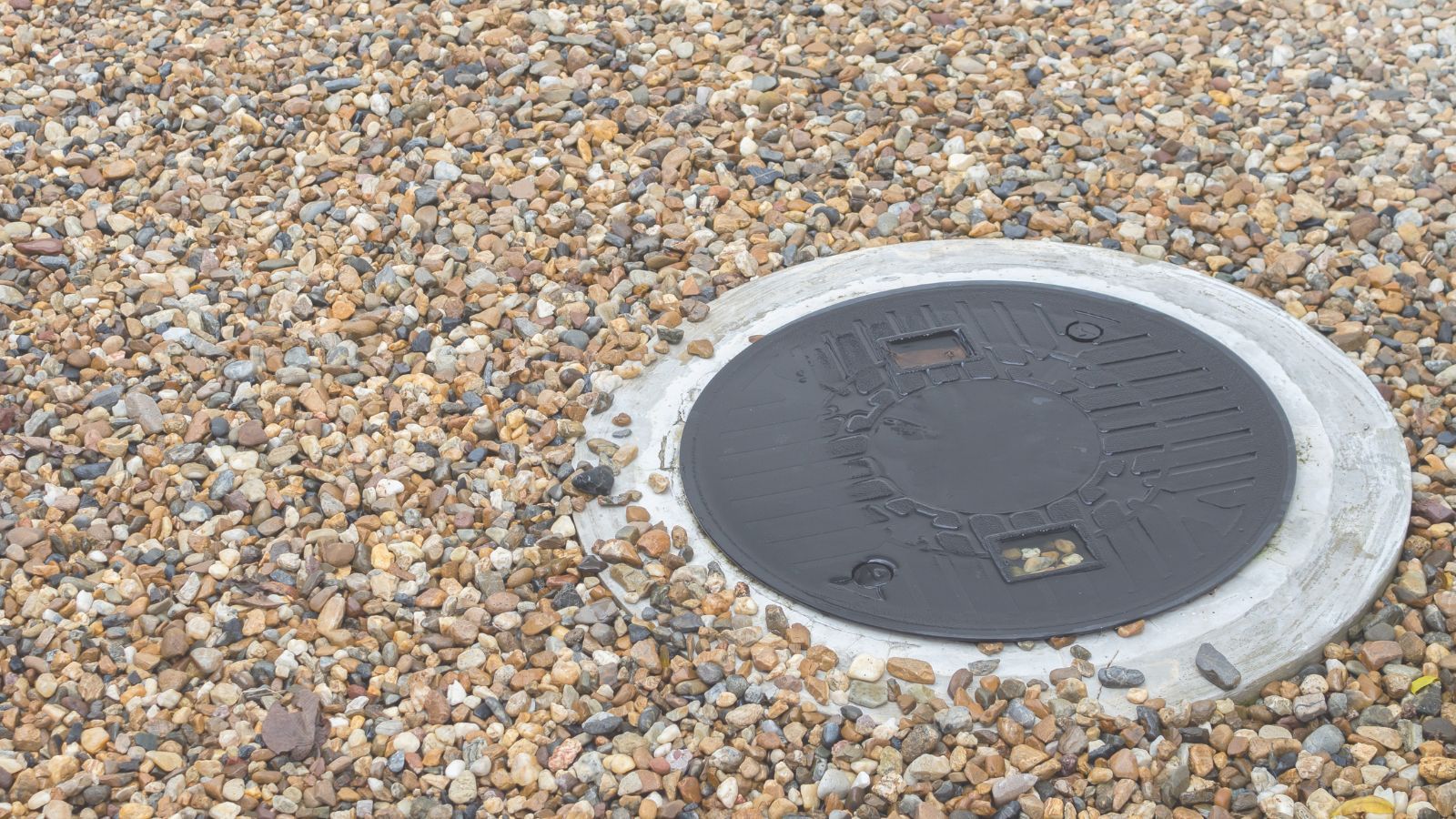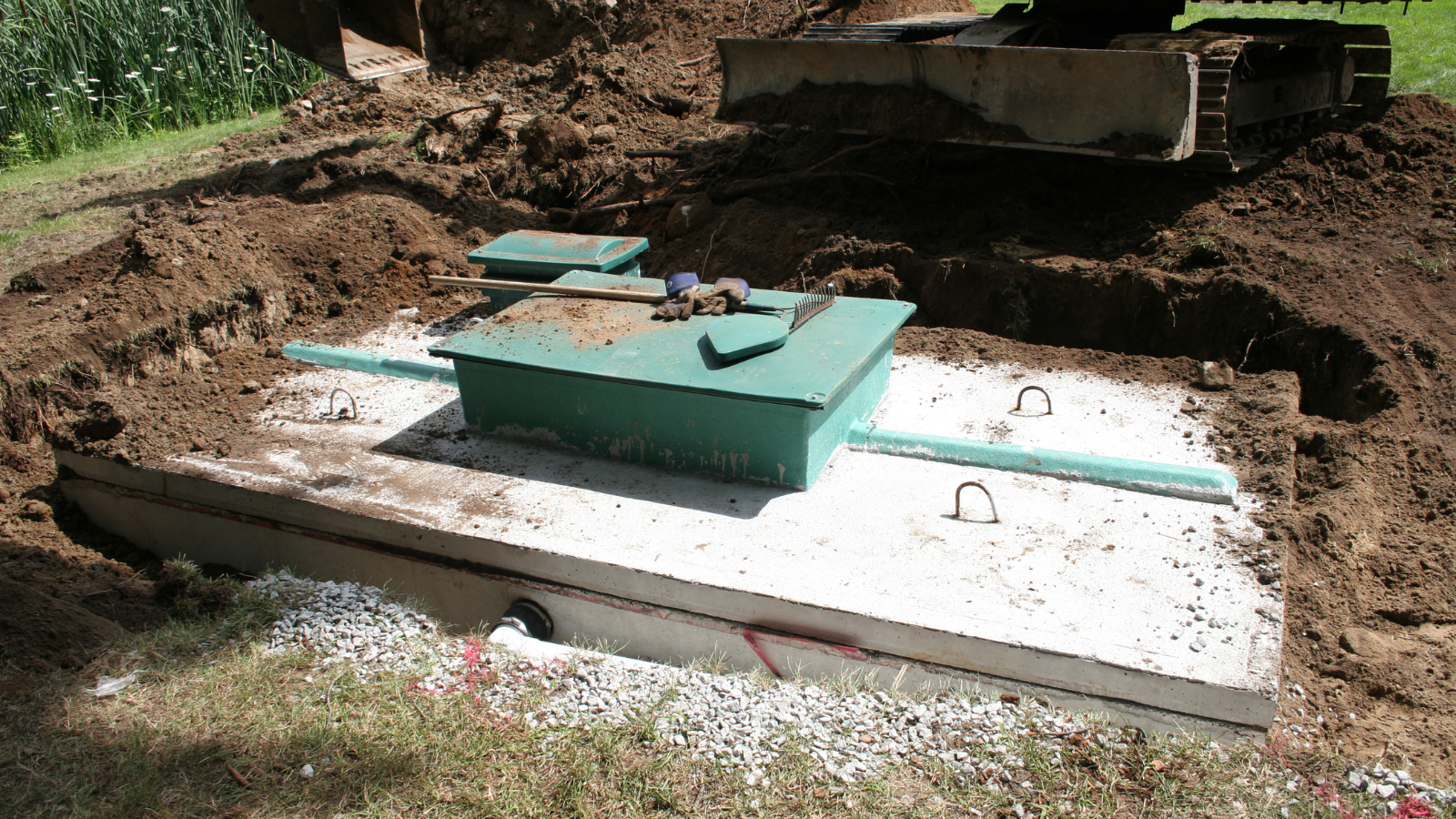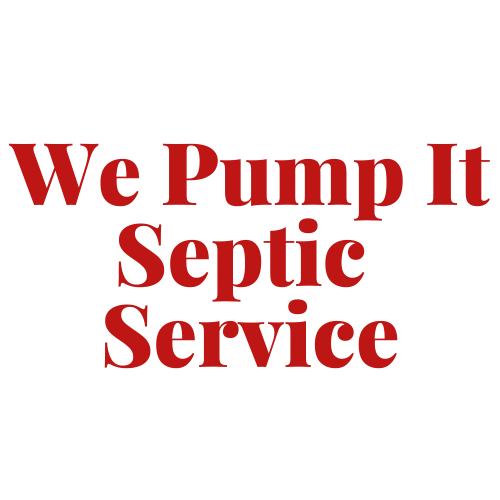Where Is a Grease Trap Installed? Common Placement Spots
A grease trap installation for restaurants effectively manages fats, oils, and grease (FOG). Grease traps prevent costly plumbing issues and are essential for compliance with local environmental regulations. Choosing the best location for a grease trap improves kitchen workflow and minimizes maintenance needs for efficient grease separation.
This post discusses several key things that impact the final cost of successful installation.
Common Places to Install a Grease Trap
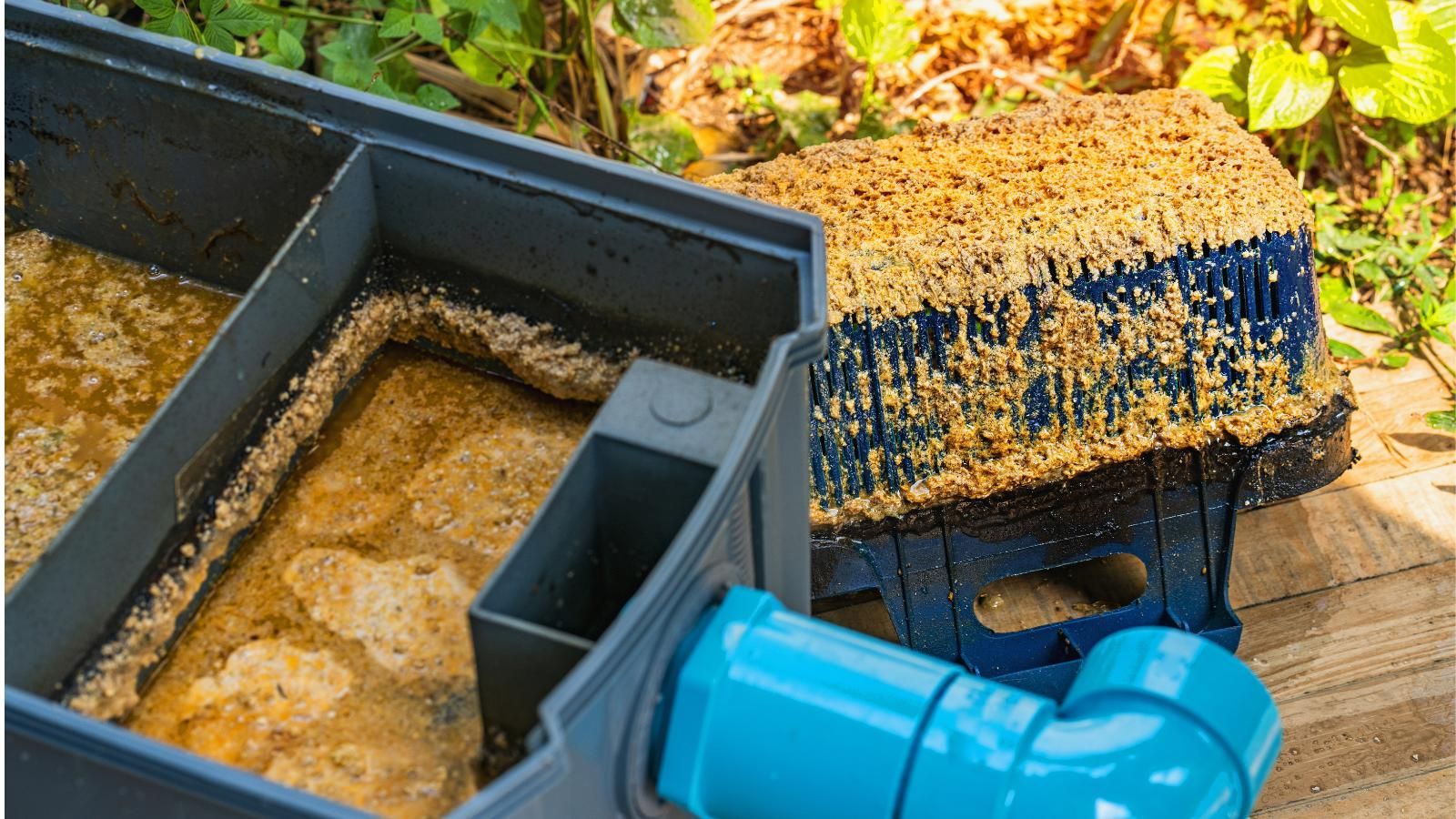
The installation location of a grease trap depends on the size of the kitchen, the plumbing layout, and local regulations. A properly placed grease trap efficiently separates grease, reduces maintenance needs, and prevents costly plumbing issues.
Typically, grease traps are:
- Under-Sink Grease Trap: Compact grease traps are installed beneath sinks to intercept fats, oils, and grease (FOG) at the source.
- Underground Grease Trap Placements: Hotels and food processing establishments with high-volume wastewater will require in-ground grease traps outside.
- Outdoor Grease Traps: Outdoor grease traps are suited for businesses with large wastewater output with easy access for cleaning and maintenance.
- Restaurant Grease Interceptor Locations: These larger grease traps are placed outside, near kitchen wastewater discharge points, or in designated underground vaults for compliance regulations.
A trained technician (knowledgeable with grease trap function and compliance regulations) will determine the best placement according to building specifications, kitchen workflow, and environmental guidelines.
Also Read: Tips for a Healthy Septic System
Key Considerations for Grease Trap Placement
The perfect grease trap location complies with local regulations and allows for efficient operation and easy maintenance. Most commonly, locations include under sinks or outside buildings. There are pros and cons to both locations. Consider the following:
Indoor Grease Trap (Under-Sink)
Advantages:
- Convenient for small kitchens with limited space
- Captures grease at the sources, reducing the risk of pipe blockages
- Easy and less expensive to install
Disadvantages:
- Requires frequent cleaning due to smaller capacity
- Can produce odors if not maintained
- Takes up valuable under-sink storage space
Outdoor Grease Trap
Advantages:
- Larger capacity for high-volume restaurants and commercial kitchens
- Outdoor location reduces indoor odors and space constraints
- Requires less maintenance than under-sink models
Disadvantages:
- Higher installation costs for excavation and plumbing modifications.
- Professional maintenance is required for proper function
- Is subject to weather conditions like freezing issues in colder climates
When considering the location of a grease trap, think of accessibility for cleaning and maintenance. Indoor grease traps need to be cleaned often but are easier to access. Outdoor grease traps offer a larger capacity but should be professionally cleaned and serviced.
Working with a licensed professional will ensure the best placement for a grease trap based on your kitchen’s workflow, local codes, and grease output.
Compliance with Local Codes and Standards
Installing a grease trap involves choosing the right size and location while complying with the local health and plumbing codes. Fats, oils, and grease (FOG) must be properly managed to prevent sewer blockages, protect public water systems, and maintain sanitary conditions.
Health and plumbing codes mandate where and how a grease trap must be installed to be compliant, including:
- Minimum grease trap size requirements
- Location restrictions
- Flow rate compliance
- Cleaning and maintenance regulations
Business owners must adhere to regulations such as:
- EPA (Environmental Protection Agency) Guidelines
- Uniform Plumbing Code (UPC) and International Plumbing Code (IPC)
- Local Health Department Regulations
- State-Specific Grease Trap Ordinances
Regulations vary by state and municipality, so professional installation is crucial. A licensed plumber or grease trap specialist is responsible for adhering to the local codes ensuring your grease trap install meets all legal requirements.
Maintenance and Accessibility
The placement of a grease trap is essential for maintenance. Here are a few of the reasons you want your grease trap accessible for regular grease trap cleaning:
- Prevents clogs and overflows
- Ensures compliance with Health Codes
- Reduces foul odors
Tips for Optimal Grease Trap Placement
Under-Sink Grease Trap
- Pick a location with enough space to remove the grease trap lid easily
- Choose a place where cleaning operations don’t block the kitchen workflow.
- Use a model with a removal baffle system for quicker maintenance.
Above-ground or Underground Grease Traps
- Allow enough area for vacuum trucks to access easily
- Place the trap close to the kitchen wastewater discharge points
- Consider weather protection – especially in colder climates.
What Are the Costs of Installing a Grease Trap?
Costs vary according to size, complexity, and labor requirements needed.
Typical commercial cost range:
- Small under-sink grease traps: $250 – $1,500
- Mid-sized in-ground grease interceptors: $2,500 – $5,000
- Large commercial outdoor grease traps: $5,000 – $15,000+
The average range of an installation in your home:
- Small residential units: $300 – $1,200
- Larger residential setups (outdoor or underground models): $1,500 – $3,500
Money Saving Tips and Finding the Right Provider
- Get quotes from at least three licensed grease trap installers
- Check local regulations, you may find assistance programs
- Consider long-term costs. A high-quality grease trap will reduce maintenance and repair expenses.
- Look for experienced and certified professionals well-versed in local grease trap regulations.
Incorporate Your Grease Trap With Efficiency In Mind.
Making sure your grease trap is placed in a way that complies with local guidelines and is also easily accessible sets you up for success. When installed under the sink, underground, or outside the building, the correct placement ensures optimal grease separation, easier maintenance, and long-term cost savings.
A professional installation ensures your grease trap meets local health and plumbing codes, functions perfectly, and minimizes plumbing issues. Regular maintenance prevents grease buildup, foul odors, and costly repairs.
We Pump It Septic Service will deliver expert grease trap solutions for restaurants, businesses, and homes in Bryan-College Station, Hearne, and counties throughout Central Texas.
Contact us today for reliable service and expert guidance!
For more information on ways to protect your septic tank system consider reading our blog post about the importance of professional installation of a new septic system.

